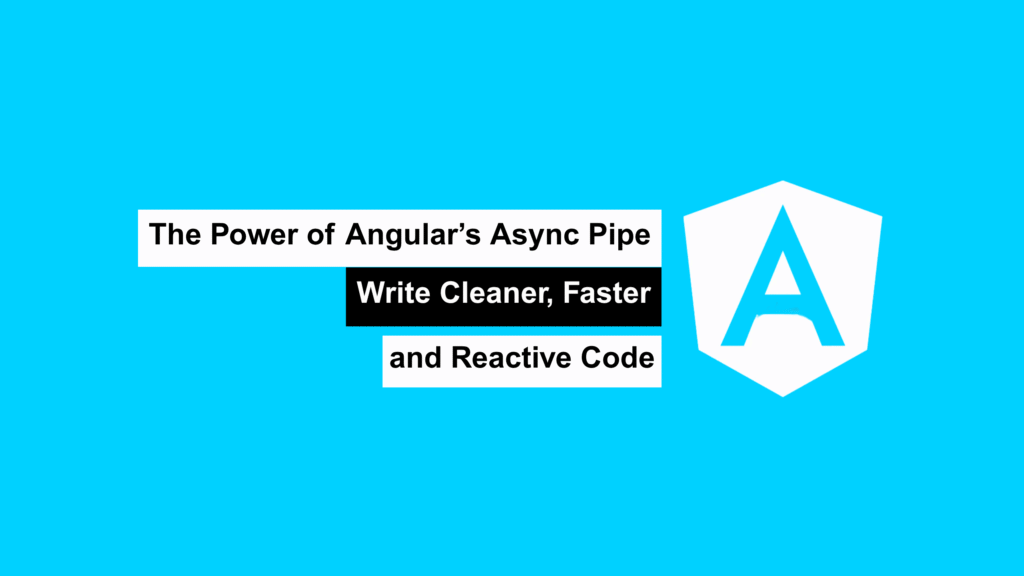
In the world of modern web development, reactive programming has become a game-changer, and Angular stands at the forefront with its robust tools for handling asynchronous data. One such powerful tool is the Async Pipe, a built-in feature that simplifies working with observables and promises in your templates. This article will dive deep into why and how you should leverage the Async Pipe to write cleaner, more efficient, and reactive Angular applications.
Why Use the Async Pipe?
Working with asynchronous data can be challenging. Traditionally, developers have to subscribe manually to observables, manage subscriptions, and handle cleanup to prevent memory leaks. The Async Pipe takes away these complexities and offers several benefits:
1. Automatic Subscription Handling
The Async Pipe automatically subscribes to observables and handles unsubscription when the component is destroyed, reducing the risk of memory leaks.
2. Cleaner Templates
By using the Async Pipe directly in your templates, you can avoid the clutter of manually subscribing and assigning data in your TypeScript code.
3. Performance Boost
Async Pipe ensures efficient change detection by marking only the relevant parts of the DOM for updates when the observable emits new values.
How to Use the Async Pipe in Angular
Let’s walk through a simple example to demonstrate the use of the Async Pipe.
1. Setting Up the Observable
In your component file (app.component.ts), import of from rxjs and create an observable:
import { Component } from '@angular/core';
import { of, Observable } from 'rxjs';
@Component({
selector: 'app-root',
templateUrl: './app.component.html',
styleUrls: ['./app.component.css']
})
export class AppComponent {
data$: Observable<string> = of('Hello from Async Pipe!');
}
2. Displaying Data in the Template
In your template file (app.component.html), use the Async Pipe:
<h1>{{ data$ | async }}</h1>
That’s it! Angular handles the subscription, unsubscription, and rendering updates automatically.
Working with Complex Examples
The Async Pipe can also handle observables that emit lists or more complex data types.
Example: Displaying a List of Items
import { Component } from '@angular/core';
import { of, Observable } from 'rxjs';
@Component({
selector: 'app-root',
templateUrl: './app.component.html',
styleUrls: ['./app.component.css']
})
export class AppComponent {
items$: Observable<string[]> = of(['Item 1', 'Item 2', 'Item 3']);
}
<ul>
<li *ngFor="let item of items$ | async">{{ item }}</li>
</ul>
Conclusion
The Angular Async Pipe is a must-have tool for any developer looking to write clean, efficient, and reactive code. By eliminating manual subscription management and enhancing template readability, it empowers you to focus on delivering robust features without the headaches of asynchronous data handling.
Start using the Async Pipe today and experience the magic of reactive programming in Angular. Happy coding!
